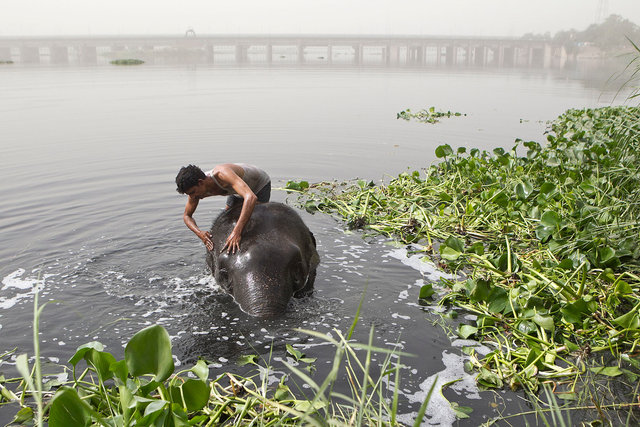
As the summer sun sets over Delhi, a grand tradition fades with it. Hulking gray elephants, shepherded by their handlers known as ‘mahouts’, were long a mainstay of Indian streets. Children took rides on them through neighborhoods. They made appearances at weddings and religious ceremonies, their trunks and ears decked out in stencil art, the mahouts always by their side. But as India’s booming cities modernize, they are losing their appetite - and patience - for the street-walking elephants in their midst, leaving India’s mahouts a quickly dying breed. Today, as few as 20 elephants remain in Delhi, the country’s bustling capital of 20 million people. The city government is trying to get rid of elephants because they cause traffic jams and damage government property. They’re not meant to live in urban areas, city officials say, they’re meant for forests. For the first time in 62 years, the annual Republic Day parade last year, India’s biggest national show, featured no elephants. But for the mahouts, who make as little as $35 a month and sleep with elephants under highway overpasses and along riverbeds, there is little else in life other than their pachyderms. Having grown up with the animals, and usually spending more time with them than with their own families, they know nothing else, no matter the consequences. With commuters caring more about traffic jams than their famed pachyderms, and a local government bent on getting rid of them, elephants and their mahouts may soon be just a memory.












